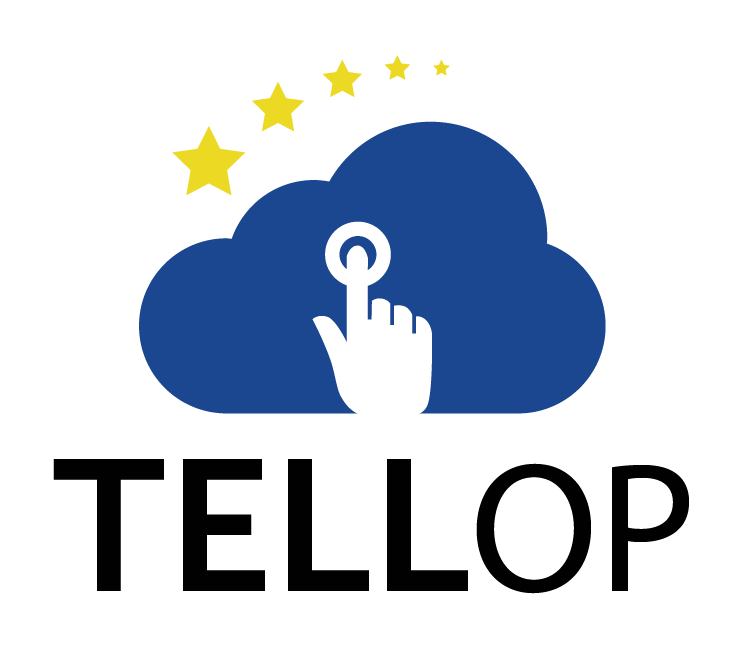

“The responsibility for deciding how, when, and what someone learns, is shifting from learning providers to the learners themselves. This all-of-the-time availability of information is crucial to empower and motivate users as to when, where, and how they “consume” their learning. More motivated learners will hopefully give us higher levels of use, retention, and actual application of the learning — our learning goal.”
It’s easy to get hung up about technology with mobile learning, but the real market driver is content. You can’t re-heat just any old content and drop it onto a mobile. Content needs to be fit for purpose to deliver a return on investment by improving productivity and content retention, increasing compliance, or reducing risk. Here’s what makes great mobile content.
1. Two minutes of content
Dividing content into two-minute segments began as a way to quickly and cheaply send content across mobile phone networks. While these technical considerations are less of a concern today, the two-minute segment has become a terrific driver for sharpening key learning points.
By studying the psychological interaction between users, their mobile phones, and learning content, we have found that after about 90 seconds the user begins to lose concentration. True, people watch 30-minute TV episodes on their mobiles but that is a “lying back” style of entertainment. What we want to achieve is the “lean forward;” a more interactive engagement in which the user works alongside the content. A 90- to 120-second duration works.
2. Animation works
From our experience, the tone of voice for mobile content works best in the animated format. (Figure 1) Animation brings a more playful, relaxed style rather than the more formal “presentational” or “broadcast” mode that you often get in traditional video.
Figure 1. In mobile learning, animation works better than video for engaging learners.



